Dec 23
The following journal paper has been published this month:

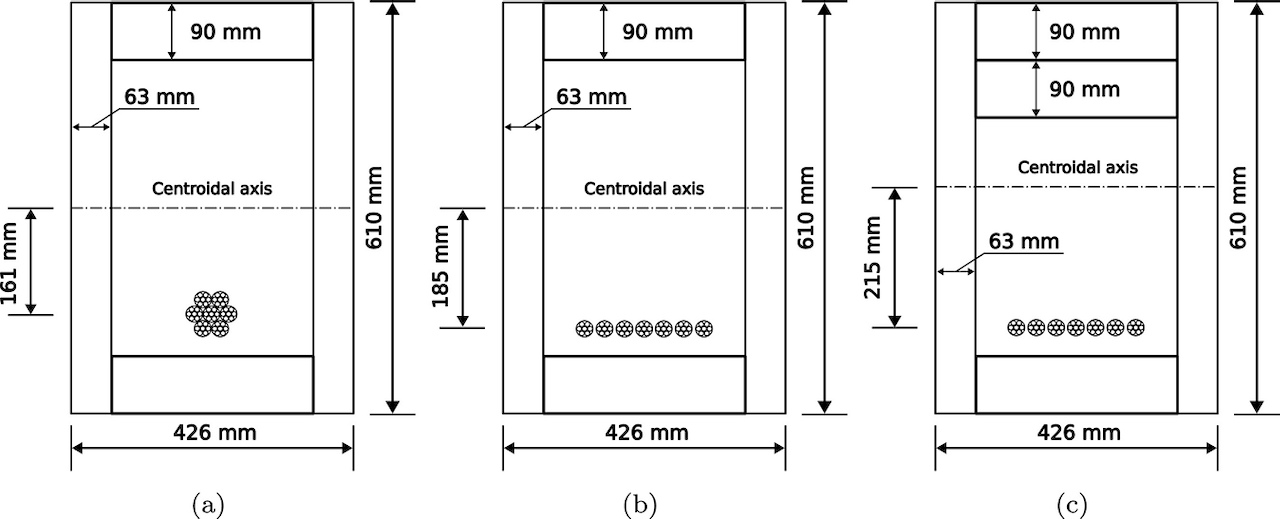
Post-tensioning enhances the load-bearing capacity and deflection control of structural timber members. But it also introduces additional modelling complexities. With Carlos Melchor we have been exploring a fibre-based finite element (FE) analysis framework for the comprehensive simulation of post-tensioned timber members up to failure. The numerical outputs are accurate and computationally robust. The framework is also very efficient which is nice for design-oriented tasks. And its versatility was demonstrated for various post-tensioning layouts. #SeismicRisk #TimberBuildings #StructuralEngineering #ResearchUpdate #OpenAccess
Dec 23
It was a real honour to have been invited to present at Tongji’s 10th Kwang-Hua Forum . I presented the work I’ve been conducting with Shirley Shen on physics-informed artificial neural networks and rocking responses, had many very interesting discussions, and heard some splendid presentations. I could feel a sense of heaviness in our profession and also a readiness for change that I haven’t felt in years. But the community is also bewildered by AI. We know that changes are coming in education, practice, our response to social demands and the climate crisis, etc., but we’re not sure from where.
I got to see the impressive facilities China is putting to the service of earthquake engineering research and the gigantic steps with which it is making progress in this area.
Below is a picture I took with a great old colleague of mine, Prof Longwei Cheng. And you can see some of the pics I took at Tongi’s impressive labs here.
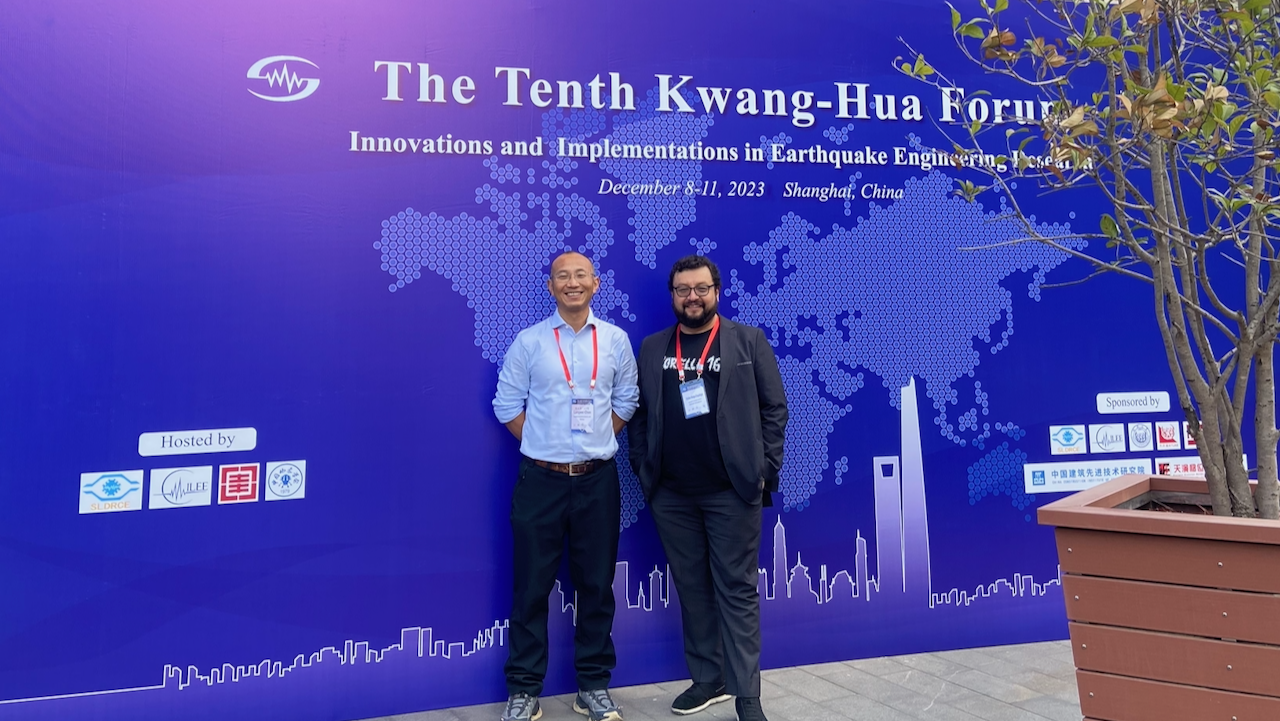
Nov 23
I have given a Keynote at Thailand’s first Earthquake Engineering Conference organised by the newly formed EARTH centre
. A very important initiative to raise the profile of earthquake engineering in Thailand. It was a honour to share the podium, and most definitively also the table full of Thai dishes, with such luminaries as Prof Koishi Maekawa and Prof Shah-Jiann Huang and I am thankful for them enlightening me on the history of technical education in Southeast Asia. I presented the work we have been doing with Jad and Shirley on the application of AI to the design and response prediction of structures subjected to seismic action.
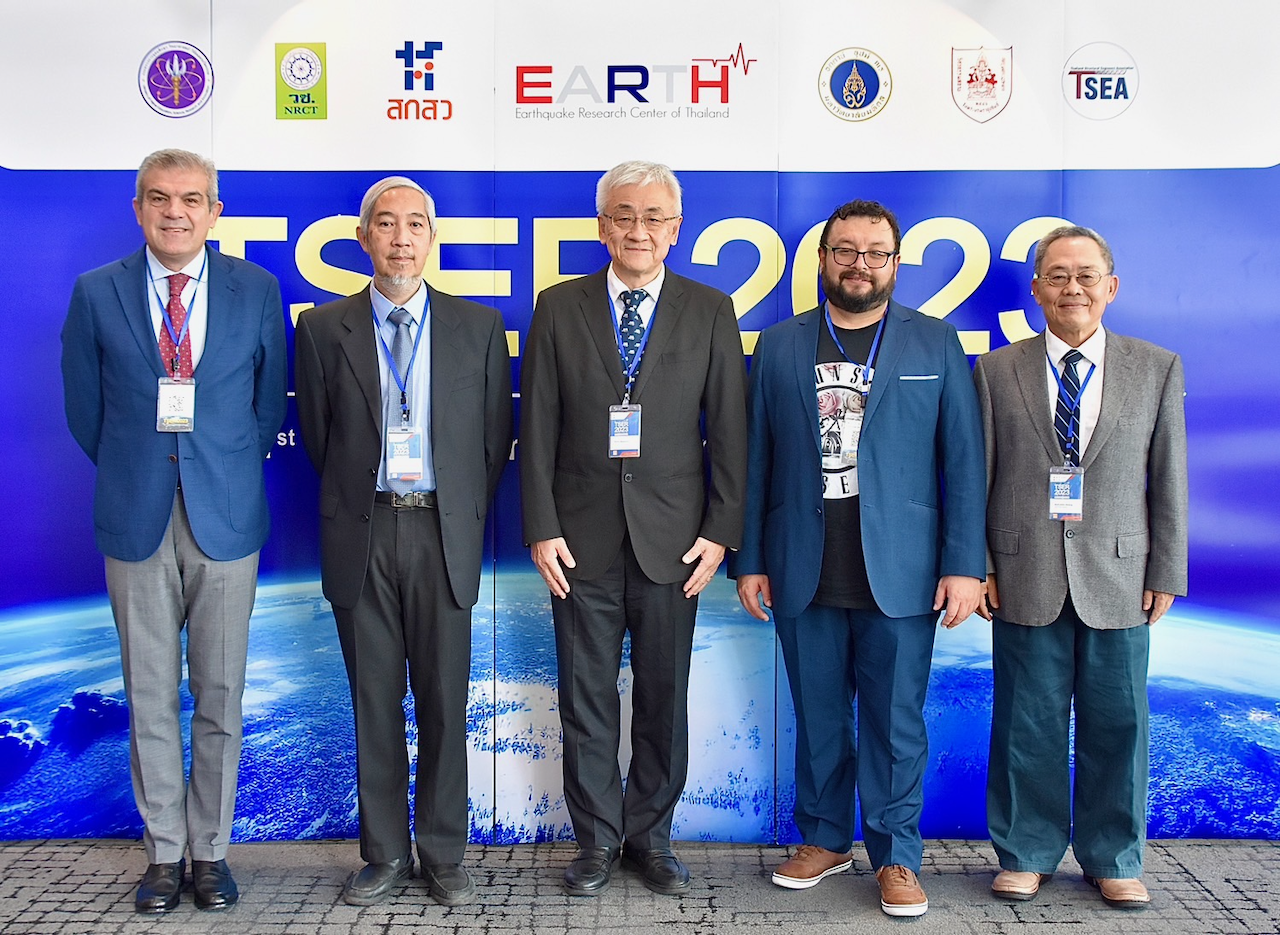
Oct 23
The following journal paper has been published this month:
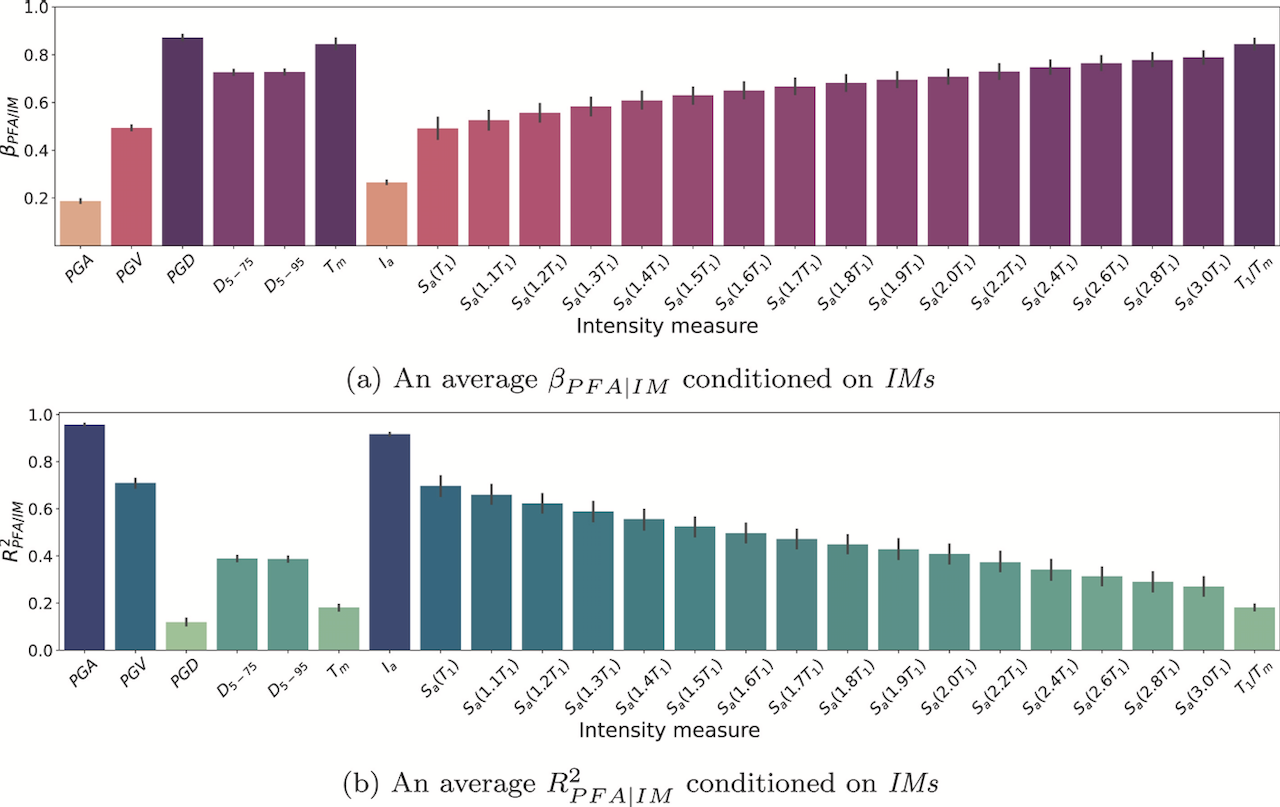
Predicting seismic accelerations is critical for minimising damage to contents and non-structural components. Our study introduces modern data-driven approaches to assess efficient intensity measures and develop predictive models for peak floor acceleration in multi-storey cross-laminated timber (CLT) structures. #SeismicRisk #TimberBuildings #StructuralEngineering #ResearchUpdate #OpenAccess
Oct 23
Last week was filled with site visits and academic exchanges. Thanks to Sedef Kocakaplan Sezgin
and with funding from TÜBITAK
I had the opportunity to visit Türkiye and participate in several academic activities with included a series of talks at Bursa University of Technology and technical visits to historical sites as well as the premises of Fibrobeton
- I have not seen such an eagerness to explore new frontiers and a devotion to research in a company for a while, kudos! The global challenge of earthquake risk reduction requires integrated efforts from all of us, academics, industry, communities and policymakers. We will do it!

Oct 23
I was invited to give a presentation at Istanbul Technical University and visit Prof Alper Ilki
’s research group. I saw a very active lab exploring many seismic retrofitting techniques which are of course extremely important in the context of Turkey’s recent earthquake events. I as particularly interested in his work as main consultant for the repair works of Hagia Sophia
, a structure very dear to my heart and one I have attempted analysing myself a few times. I even got the chance to see the majesty of this building for a second time.
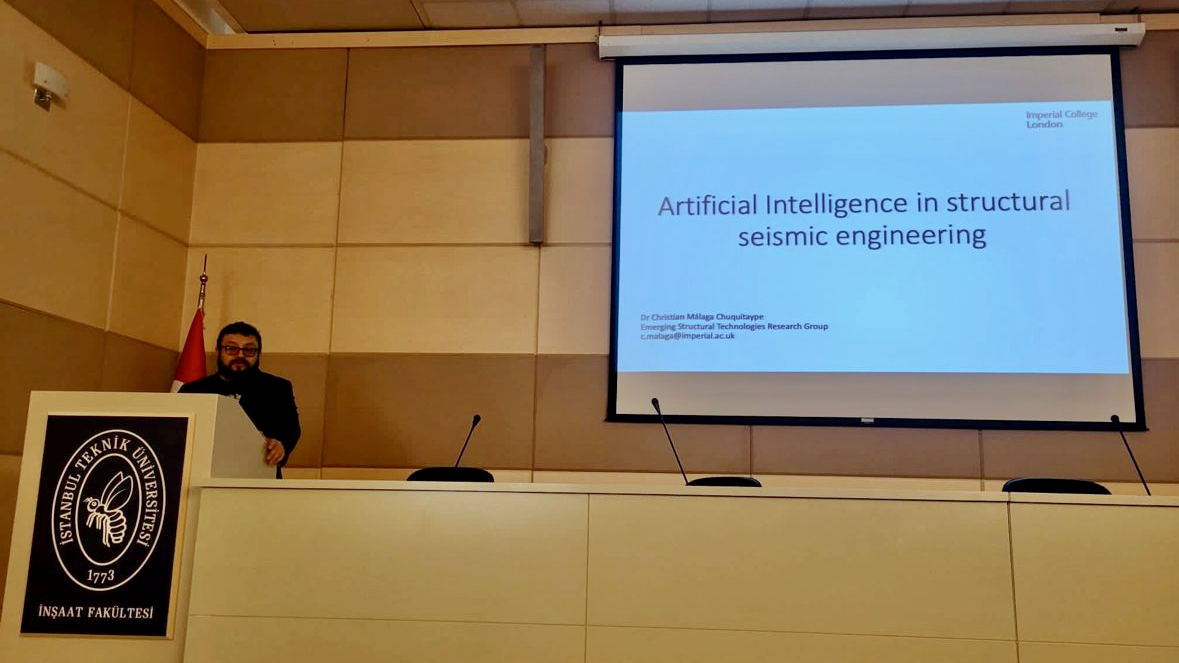
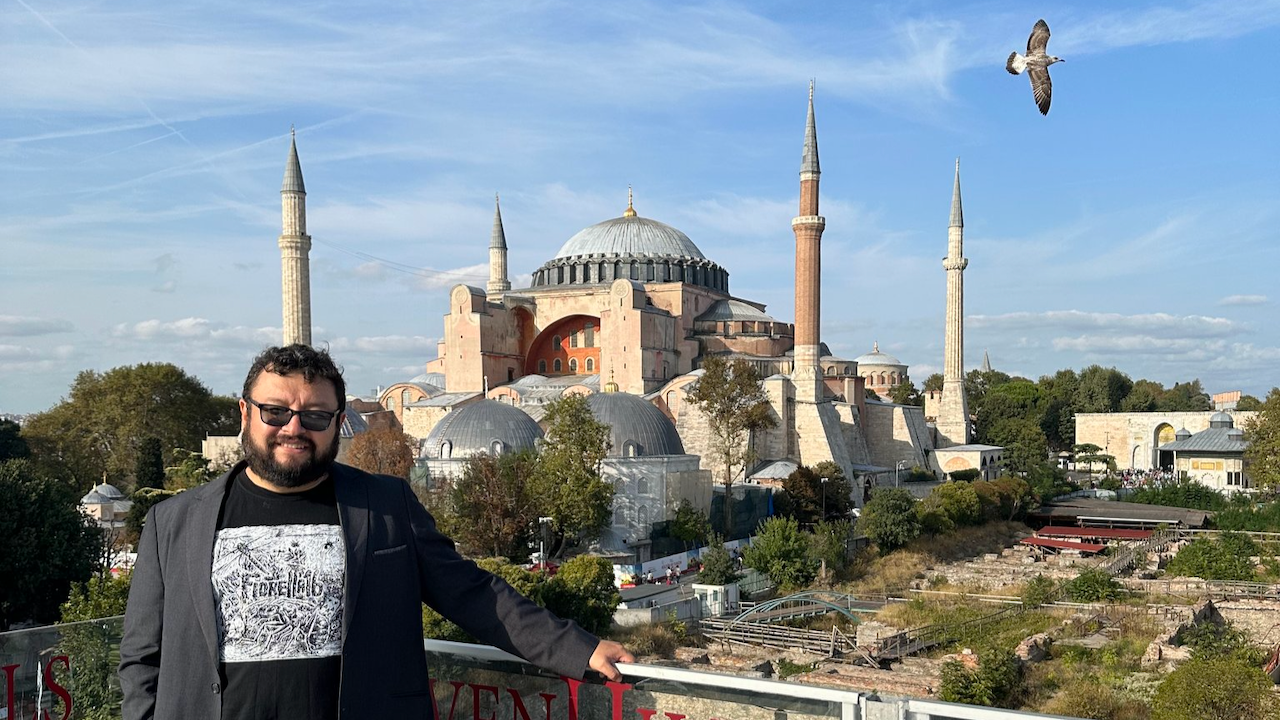
Sep 23
It was a fun day participating in the Future of Design Conference organised by the British Group of the IABSE
and learning about all the interesting developments in structural design. I contributed with a short presentation and the subsequent discussion as part of the Panel on the roles of AI in the future of design. You can see a pic below and my presentation can be accessed from this link
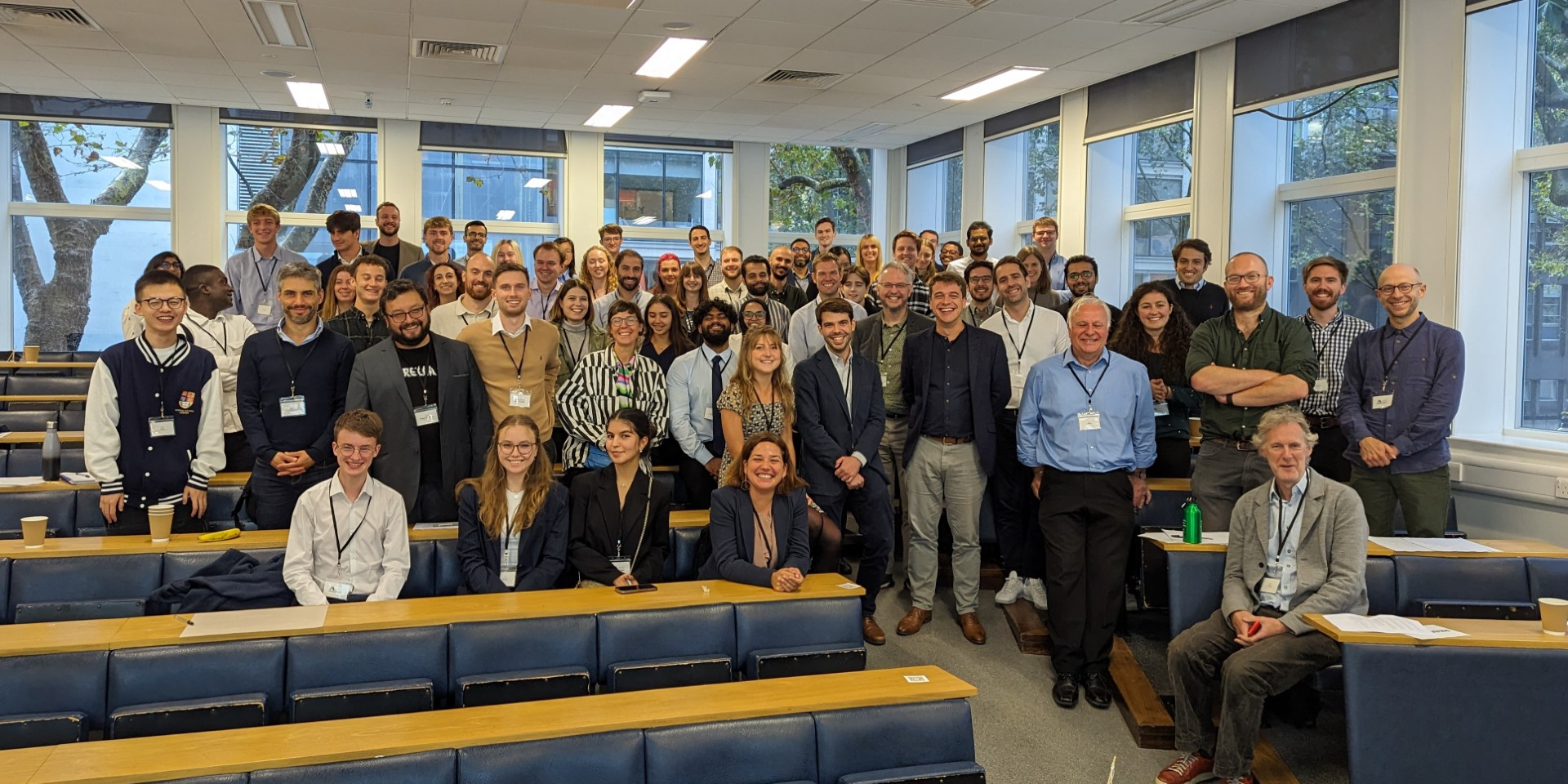
Sep 23
Together with Profs Izuru Takewaki, Xinzheng Lu and Solomon Tesfamariam, we are editing a Research Topic on Earthquake Engineering for Sustainable Cities and Communities at the Journal Frontiers for the Built Environment. You can express your interest and contribute in this link
Sep 23
The first part of this year has been dominated by the testing at UCSD. Armed with an unwavering determination to proof the resilience of tall timber buildings, and a multi-million pound budget,
Prof Shiling Pei
has been leading a massive effort (no pun intended) to build and test a 10-storey timber building at UCSD’s World’s Largest High Performance Shake Table (LHPOST6
) facility in California.
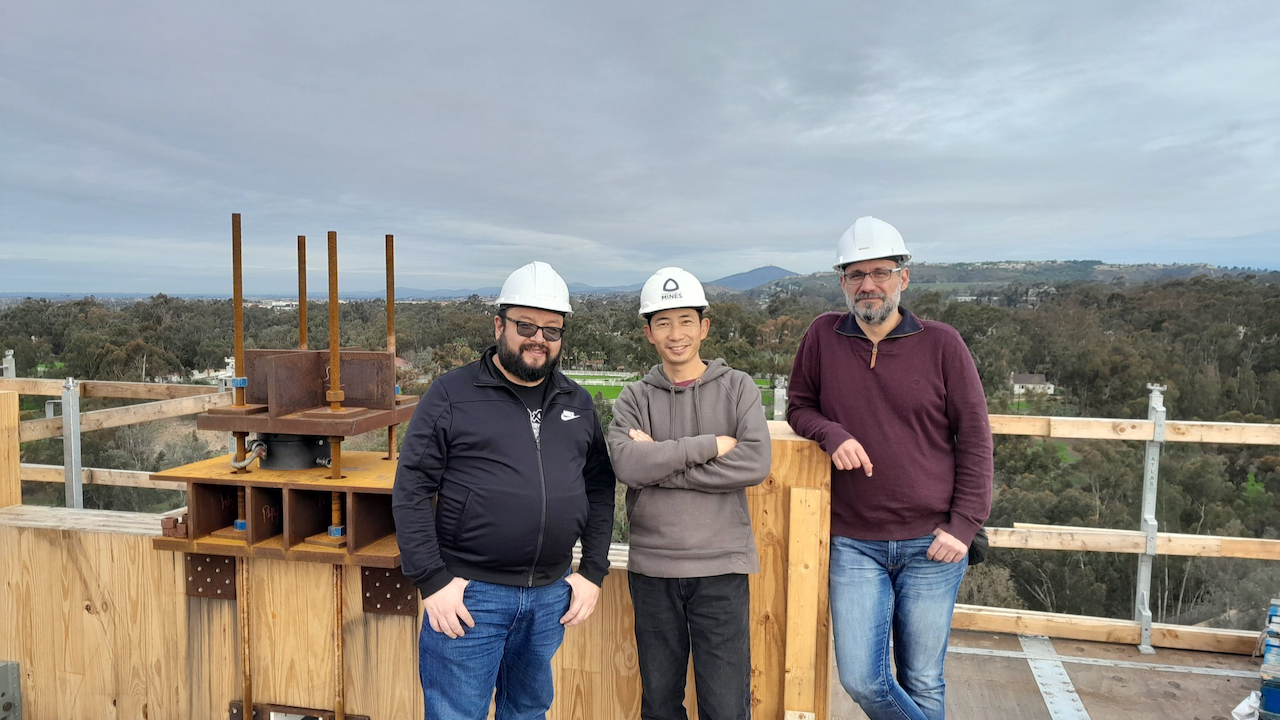
We have been very fortunate to been able to test our low-cost wireless sensing kits in such a game-changing structure. We will be sharing the results of this project once the core team has published their main findings but in the meantime you can see some video magnification videos done with publicly available material here: video 1
and video 2
.

Sep 23
This webpage is alive